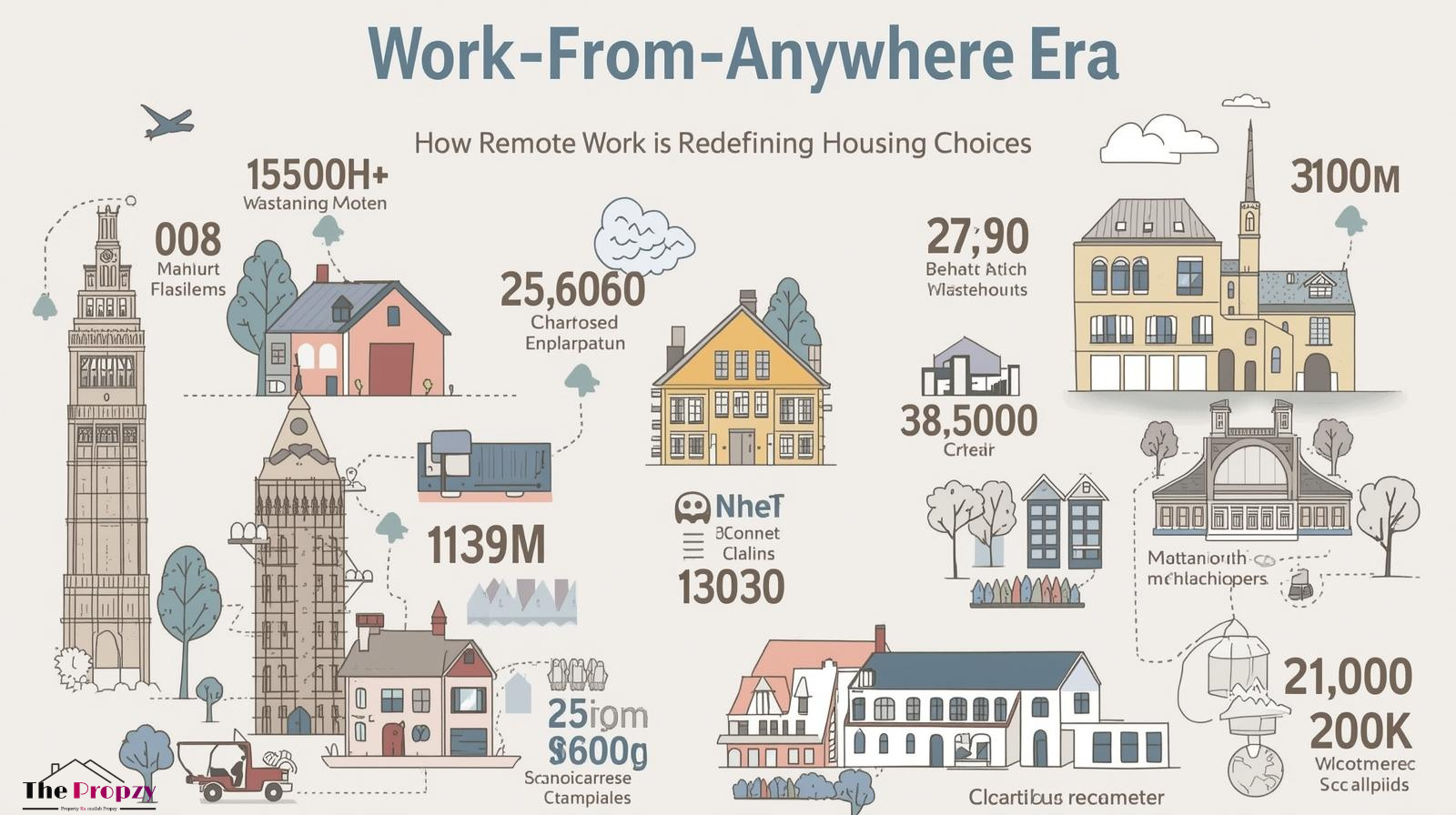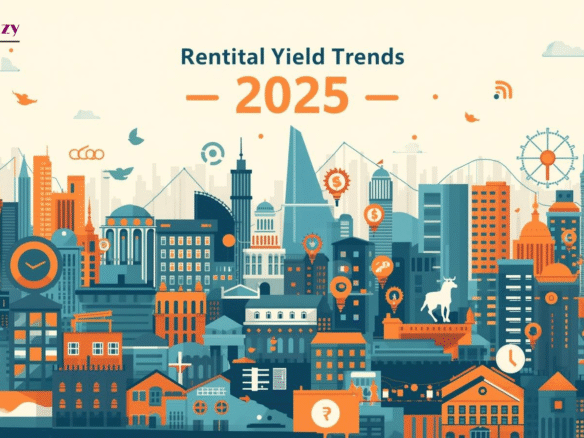Remote work, once a temporary solution during the pandemic, is now a permanent fixture for millions worldwide. This shift is changing not only work culture but also housing choices. The new generation values flexibility, affordability, and comfort, driving demand for homes beyond traditional metro hubs.
New Buyer Priorities
- Dedicated Workspaces – A home office is now a must-have feature.
- Larger Homes – Families look for extra rooms to accommodate dual work-from-home setups.
- Affordable Suburbs – Many are moving away from expensive metros to quieter, affordable towns.
- High-Speed Internet – A non-negotiable requirement for remote professionals.
Rise of Tier-2 and Tier-3 Cities
Remote work is fueling demand in smaller cities like Jaipur, Lucknow, and Coimbatore. Developers are expanding into these regions, creating opportunities for affordable yet modern housing.
Investment Opportunities
- Property prices in suburban and tier-2 markets are rising steadily.
- Rental demand for furnished, remote-work-friendly homes is growing.
- Vacation homes are now doubling as remote work hubs.
Developer Strategies
- Building co-working hubs within residential complexes.
- Offering layouts with convertible workspaces.
- Marketing properties as “remote-work-friendly” to attract buyers.
Challenges
- Infrastructure gaps in smaller cities.
- Balancing affordability with modern facilities.
- Future uncertainty if companies recall employees to offices.
The Road Ahead
- Growth of hybrid living spaces combining home, office, and leisure.
- Development of digital nomad communities.
- Rise of flexi-housing models for mobile professionals.
👉 Conclusion: Remote work is not a passing trend—it has redefined real estate. For Gen Z and Millennials, the new home is not just a place to live but a place to work, innovate, and thrive.






Join The Discussion